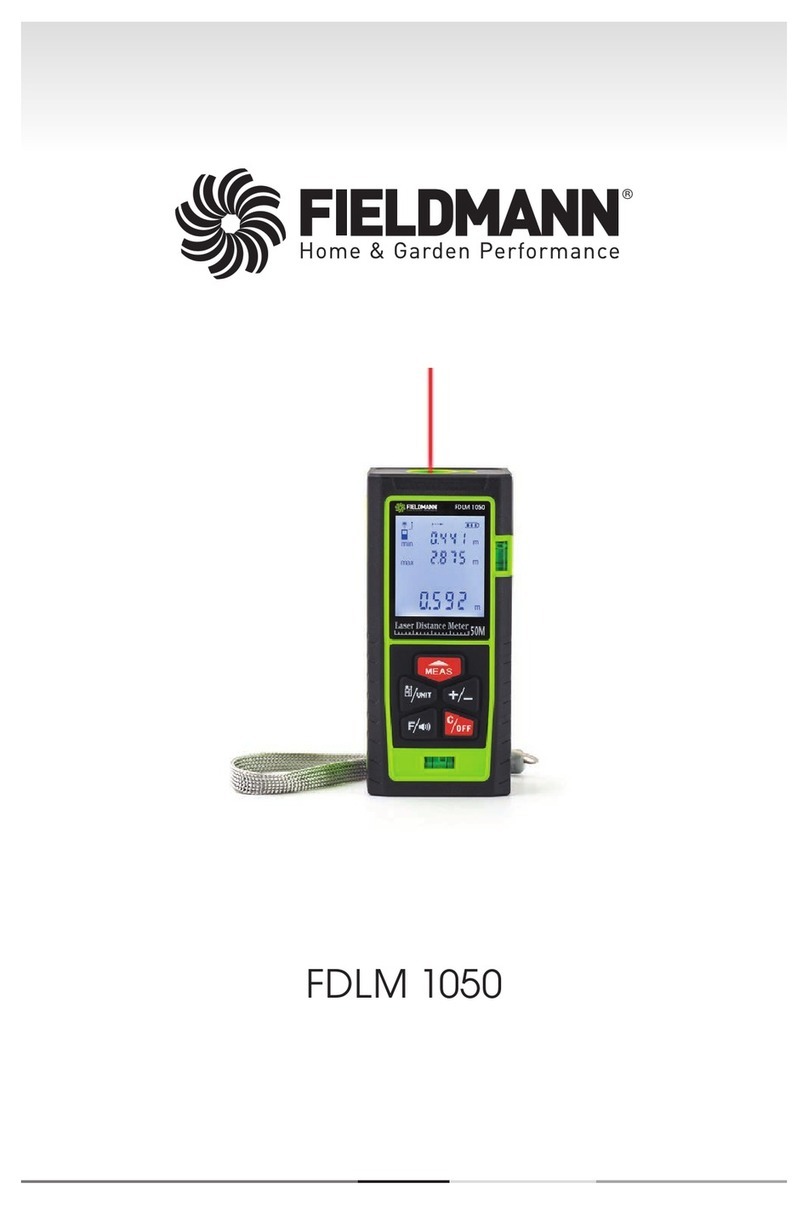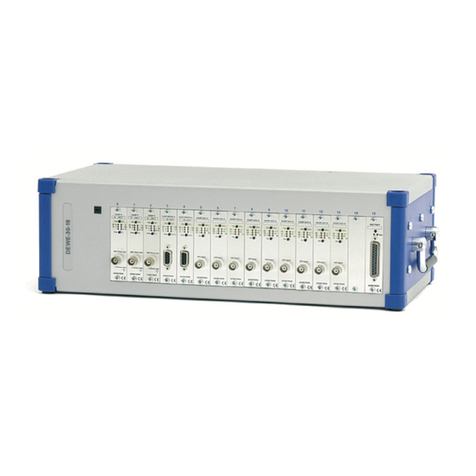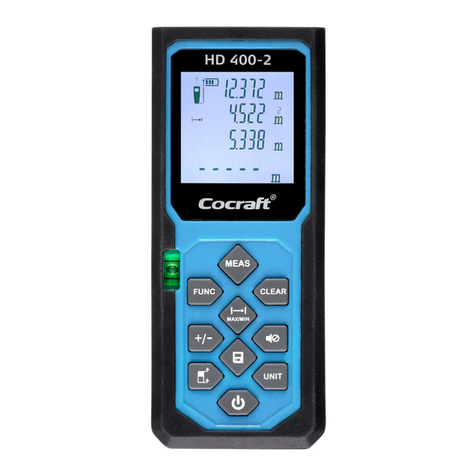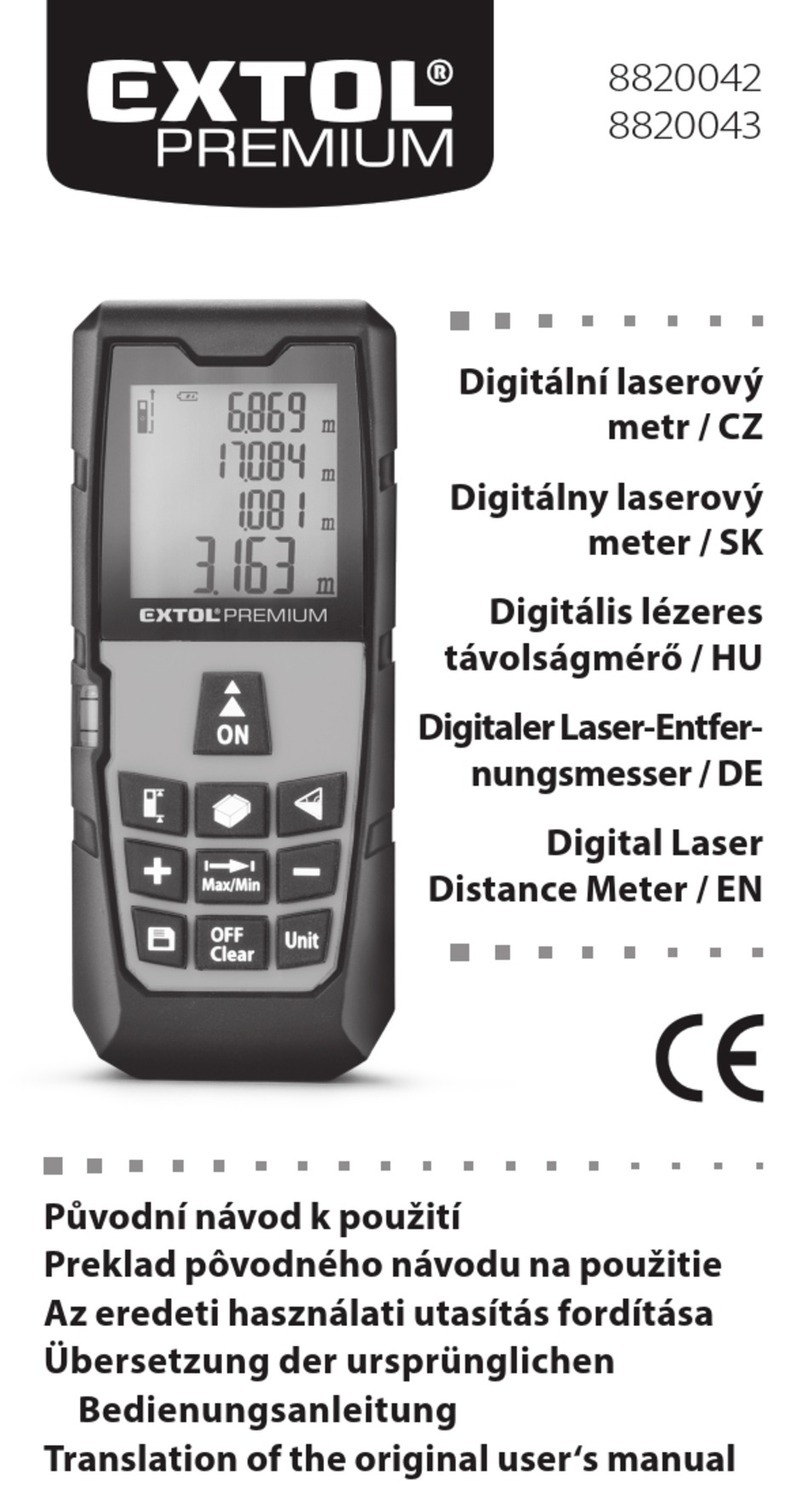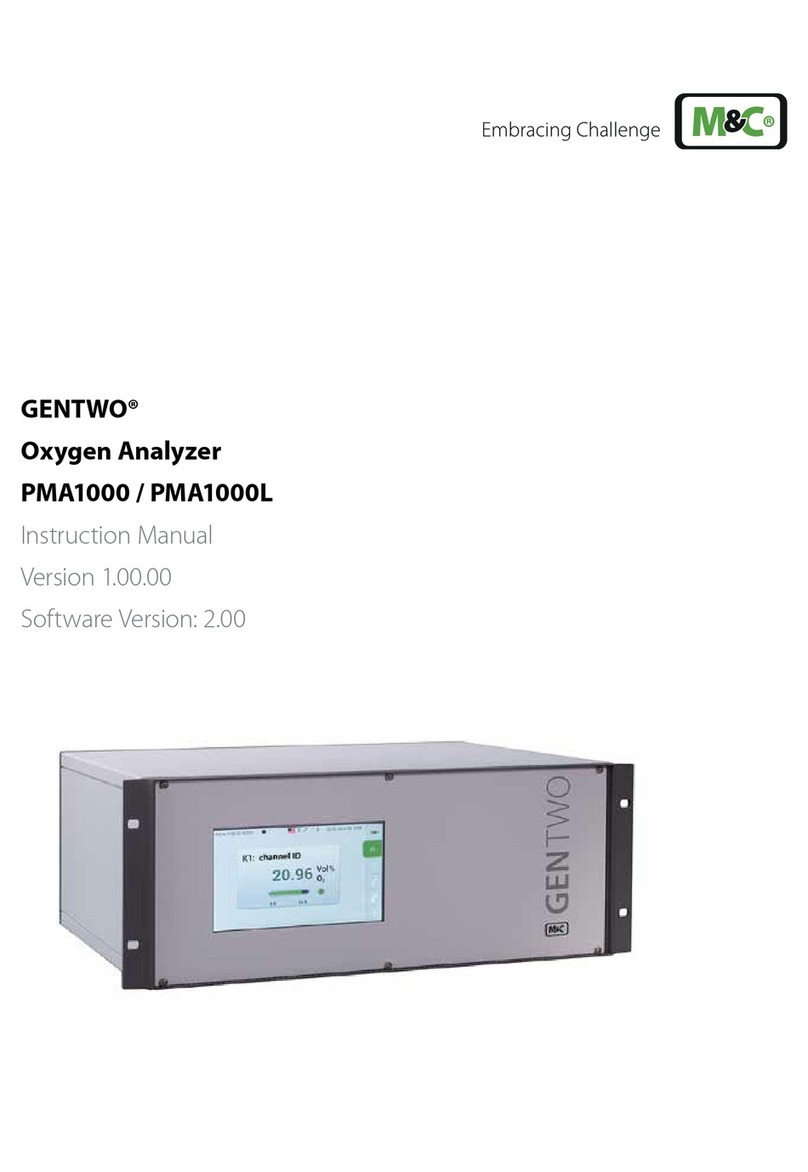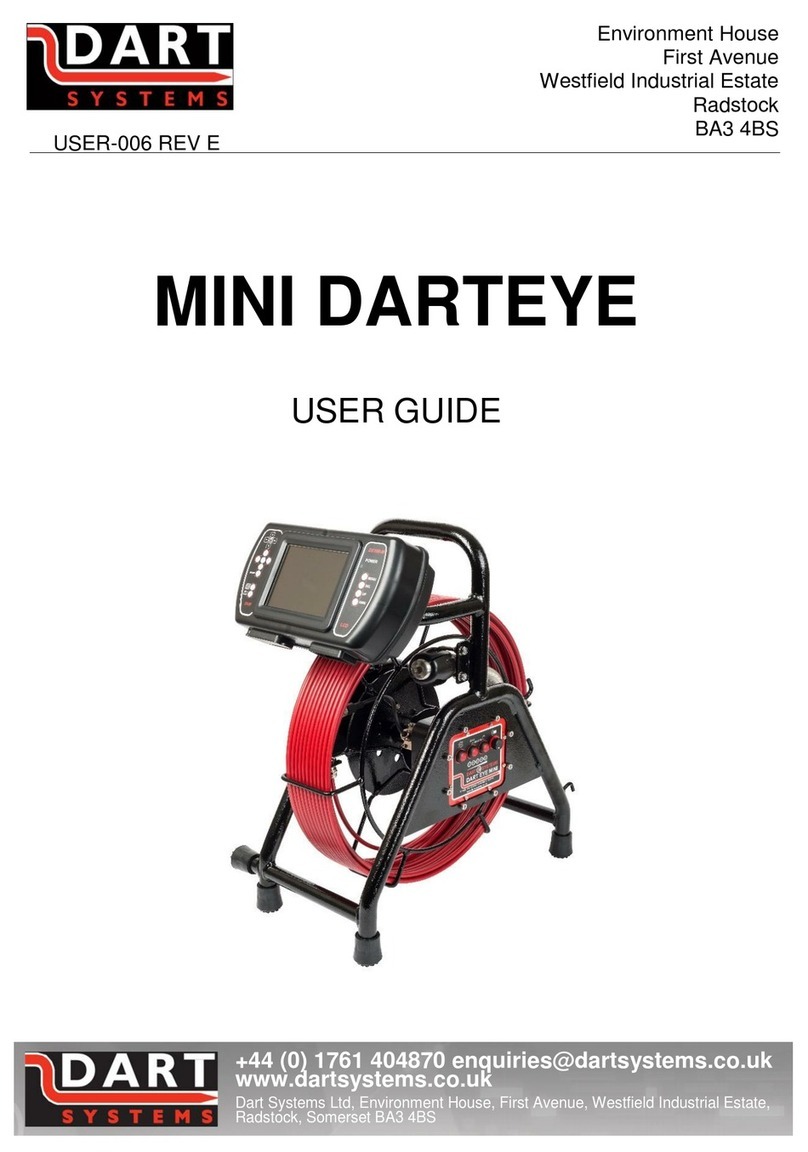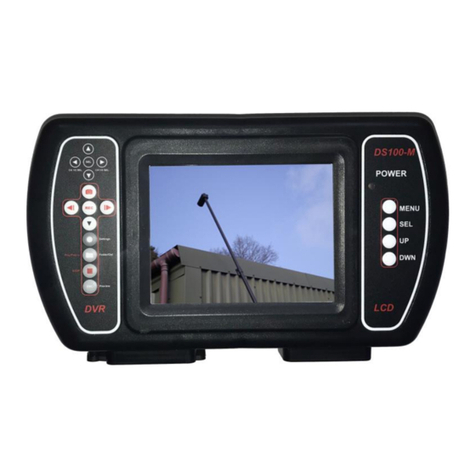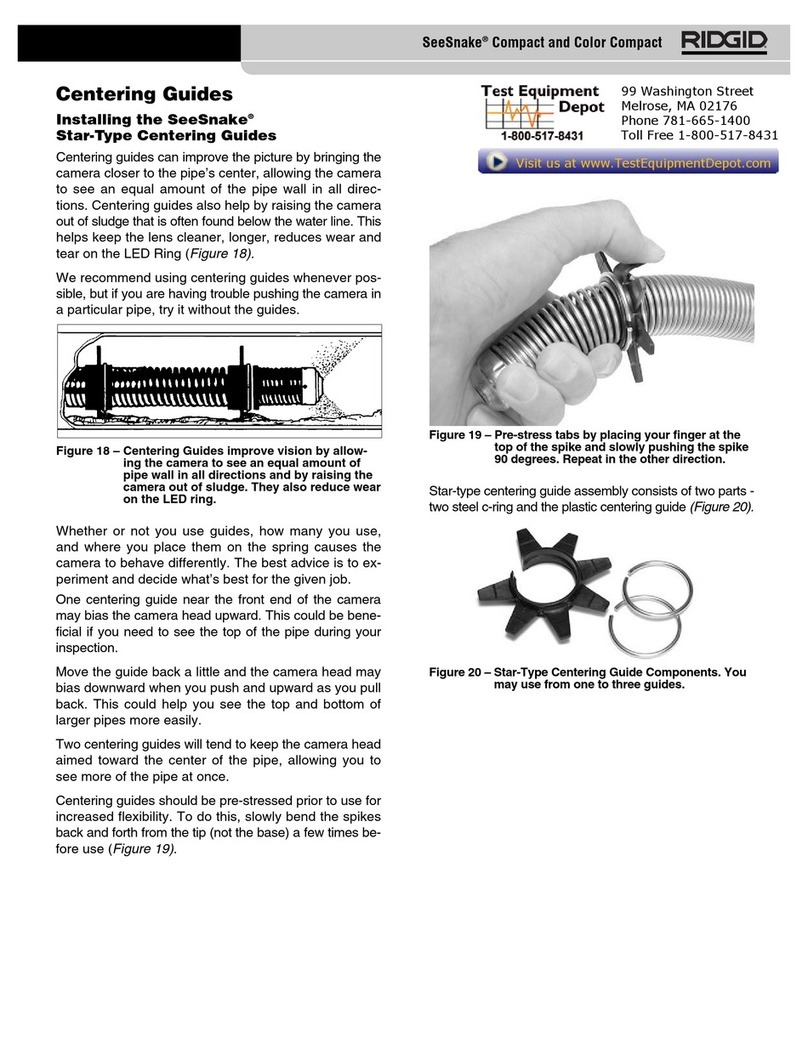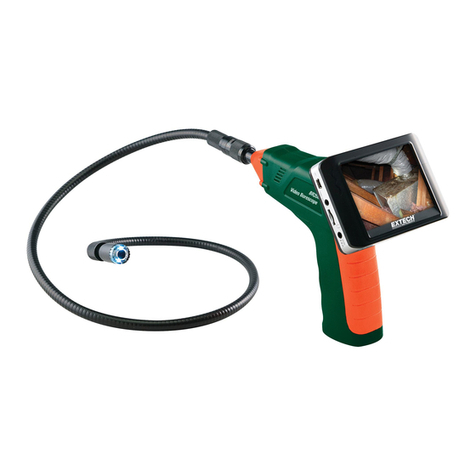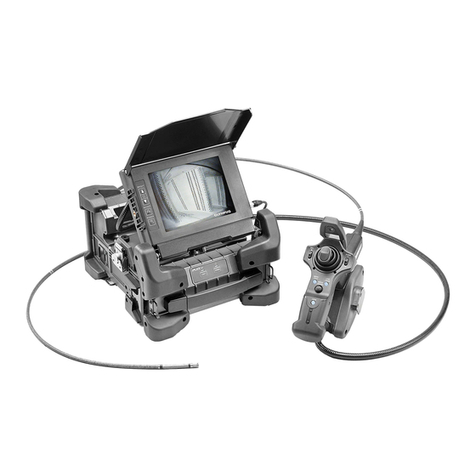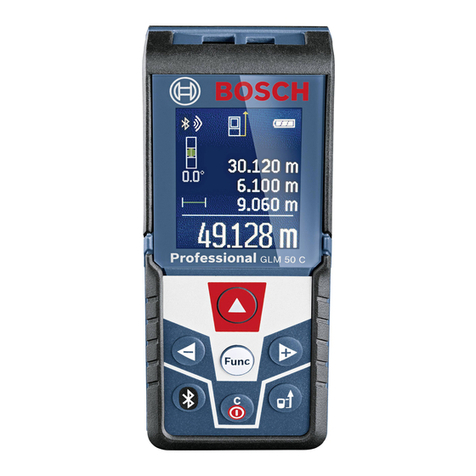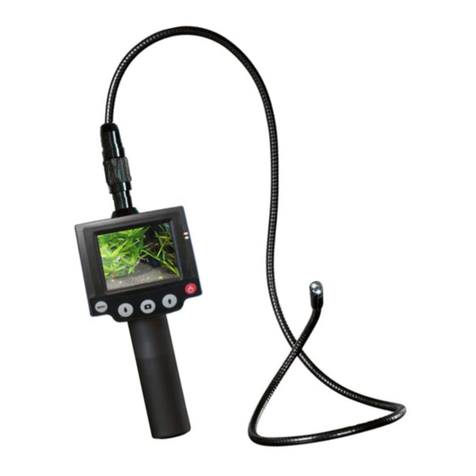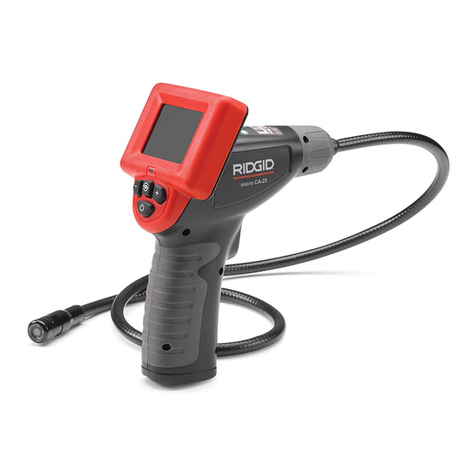
6
SWITCH ON
Turn the system on using the power
switch located at (fig1(1)).
BRAKE
Release the brake to allow the camera
and cable to be withdrawn from the
unit. The brake mechanism is spring
plunger. Pull and twist the plunger to
release the brake and leave the brake
in the off position.
Twist the plunger to apply the brake,
the cage will continue to rotate until the
plunger locates the next hole in the
cage wheel and secures itself.
LIGHTS
The lights on the camera head are
controlled by the rotary switch on the
The monitor is secured to the frame by aligning the two posts on the frame with
the underside of the monitor case and inserting the locating pin on the frame into
the securing hole on the underside of the monitor case.
Toremove the monitor from the frame, grasp the closed monitor on each side and
pull from one side, this will release the internal spring catch that secures the
monitor.
Attach the frame interconnect cable connectorto the monitor via the connector
[fig1(5)].
Check the battery level by pressing and holding Battery Status Indicator [fig1(9)],
each illuminated segment represents 20% battery life remaining.
monitor at (Fig1(11)), the unit is set up
to operate in 4 –6” pipes with the light
control set to half on. This is the
optimum set up for light output and
battery life. The screen will also “auto-
balance” itself if the light intensity is
turned up so controlling the amount of
glare seen on the screen.
SONDE
The unit is fitted with a 33Khz location
transmitter (Sonde). Toturn the Sonde
on press the Sonde button (fig1(10)),
to turn the Sonde off press the button
again. When the Sonde is operating a
green LED will be illuminated. The
image is turned off whilst the Sonde is
transmitting, due to interference
caused by the high signal strength.
